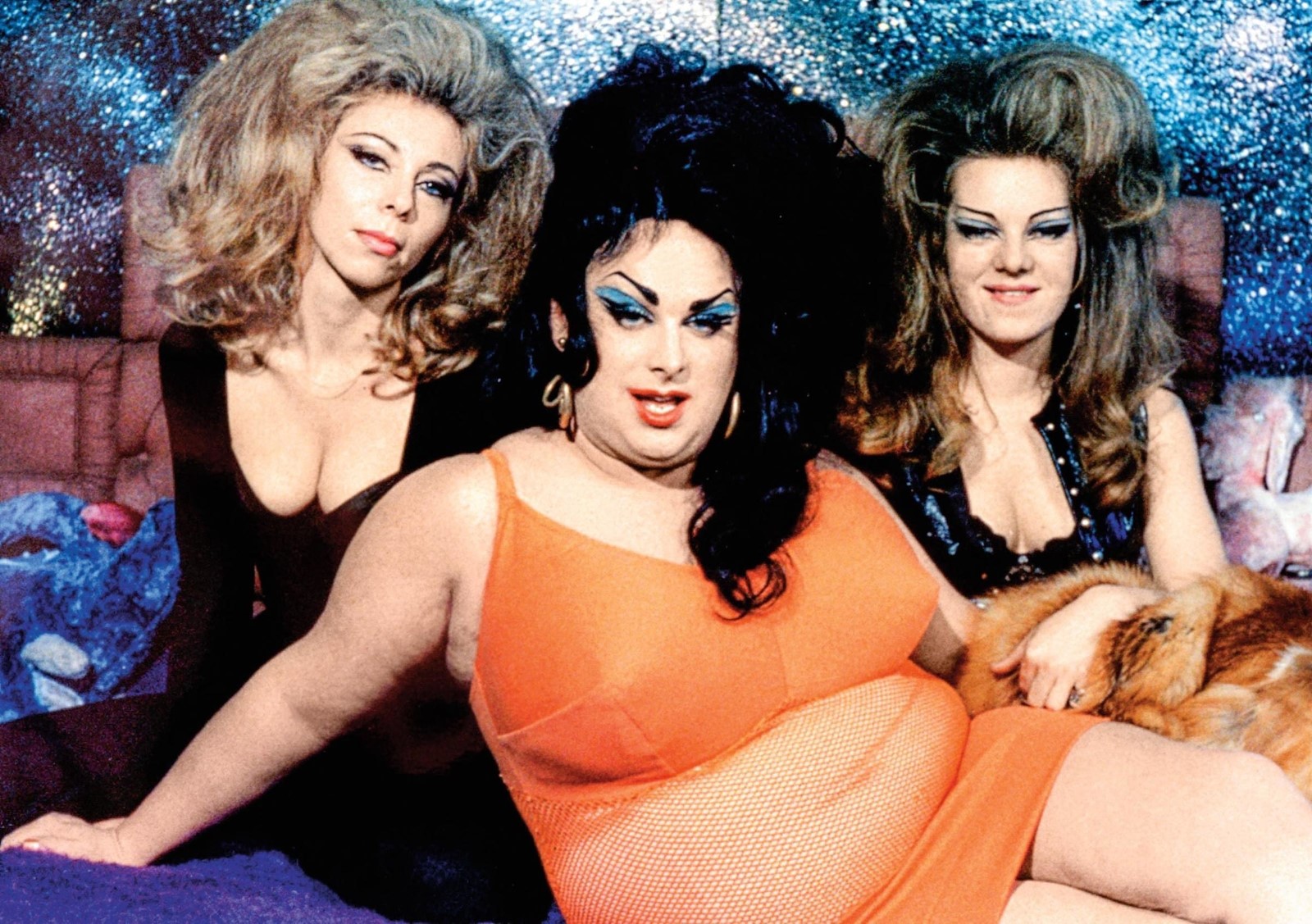Mink Stole’s cult-icon status is guaranteed – alongside Mary Vivian Pearce, she’s one of only two actors to appear in every feature film made by taboo-shredding director John Waters, a man once dubbed ‘the Pope of Trash’. The Baltimore-based performer was due to appear at this month’s And What? Queer Arts Festival in London, where she’d take part in a Q&A following a screening of Pink Flamingos, arguably Waters’ most deliciously filthy film of all. But sadly, the event has now been cancelled in the wake of the Covid-19 pandemic.
Ahead of the festival, I spoke to Stole about her experiences working with Waters and his regular leading lady, legendary drag queen Divine, on movies including Multiple Maniacs – which turns 50 years old in April – and the enduringly popular Hairspray, which later spawned a glossy Hollywood remake starring John Travolta.
“When we were making these movies, I just thought we were having fun,” Stole says as we begin our conversation. “It’s very humbling to have people talk to me about them 50 years later – honestly, it’s shocking sometimes how important these movies have become to people.”
Multiple Maniacs, 1970
“This was the first movie where we had actual dialogue. The Cavalcade of Perversion was actually filmed at John’s parents’ house – I don’t know if they particularly approved, but they let him use the house and the yard. I have one major part in the movie but I play lots of smaller parts as well that you may not recognise me in. We were always very disciplined: every actor would arrive on set on time knowing exactly what we were going to do and ready to do it to the best of our ability. I was a very insecure young woman and had I known that 50 years later people would still care about these movies, I probably would have been insufferable. You know, people come up to me sometimes in tears to thank me for what I did. It’s very moving because I never expected that it would have such a positive effect on someone’s life.”
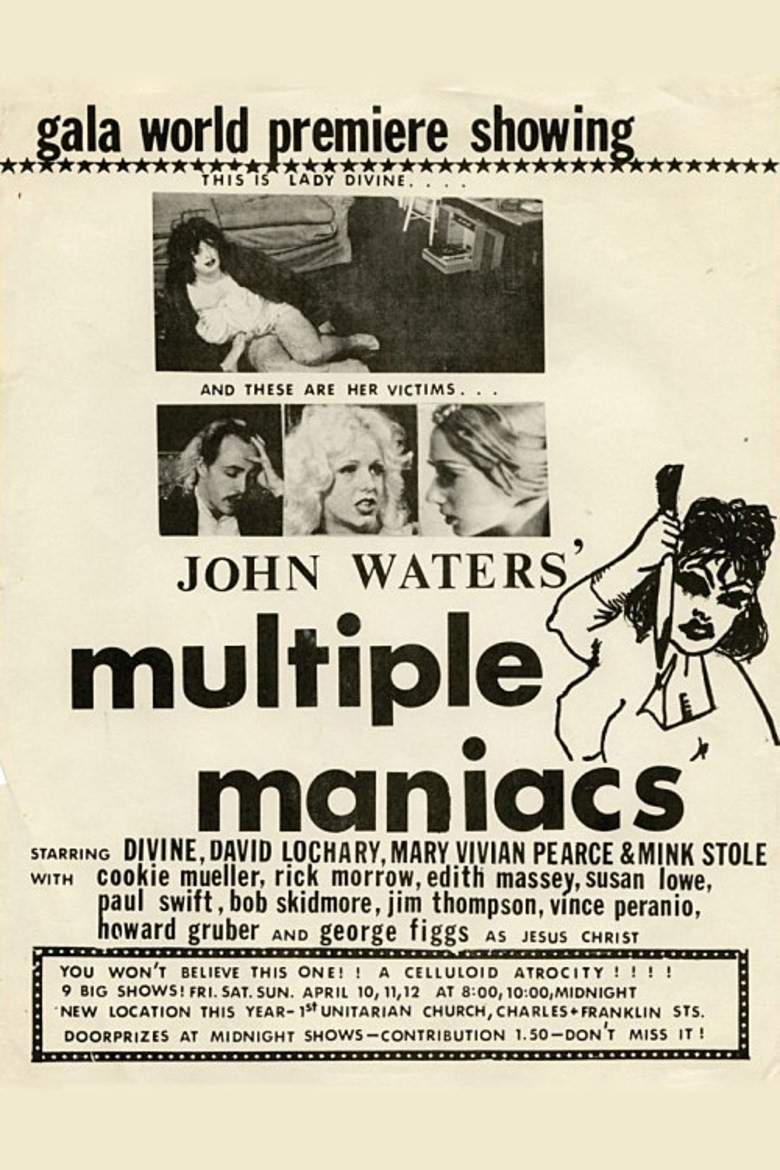
Pink Flamingos, 1972
“The thing I remember most is how cold it was! A lot of the scenes were filmed out in the country where there was no heater available. For me, the star of Pink Flamingos was Edith Massey: she had to sit in a windowless trailer in a playpen and she was practically naked the whole time. But it was a fun movie to make – my character was a pretty nasty piece of work, which I enjoyed. We didn’t have a complete script when we started filming but we knew all along that David Lochary and I were going to lose the battle [to be the filthiest person alive] to Divine. Divine and I got to be very hateful to each other in the film but in real life we actually liked each other very much.
“I wasn’t sure if the infamous scene would actually happen. You know, John wanted me to set my hair on fire in the film and I originally agreed to do it before I realised that was absolutely insane. I’d refused to do something I originally agreed to do and I thought Divine would refuse as well because eating dog shit is absolutely insane. It was truly repulsive but Divine did it and it was completely real and it made history. I still cannot watch that scene without throwing up! Divine was always a real trouper and he committed to his work absolutely.”
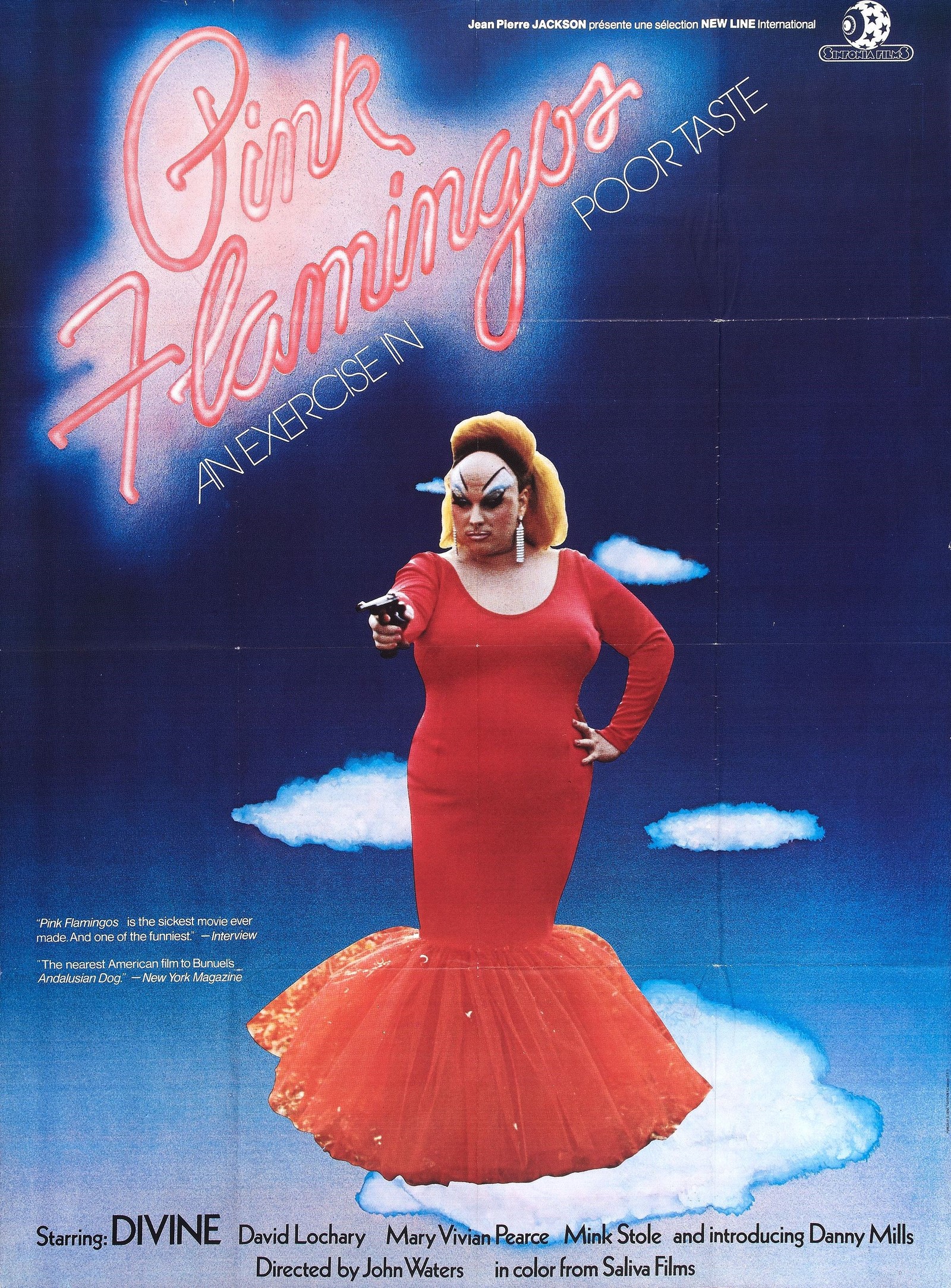
Female Trouble, 1974
“I really enjoyed playing Taffy Davenport because I related to her. I was an unhappy kid too, and I just felt like Taffy was trying very hard to be a good daughter and have her mother love her. I felt kind of in tune with her. Of course, I wasn’t an only child and my mother didn’t beat me with a car antenna – we were only similar on an emotional level. But I felt very sorry that in the end her mother [played by Divine] had to kill her; I thought that was sort of unfair and unkind, though necessary for the plot.”
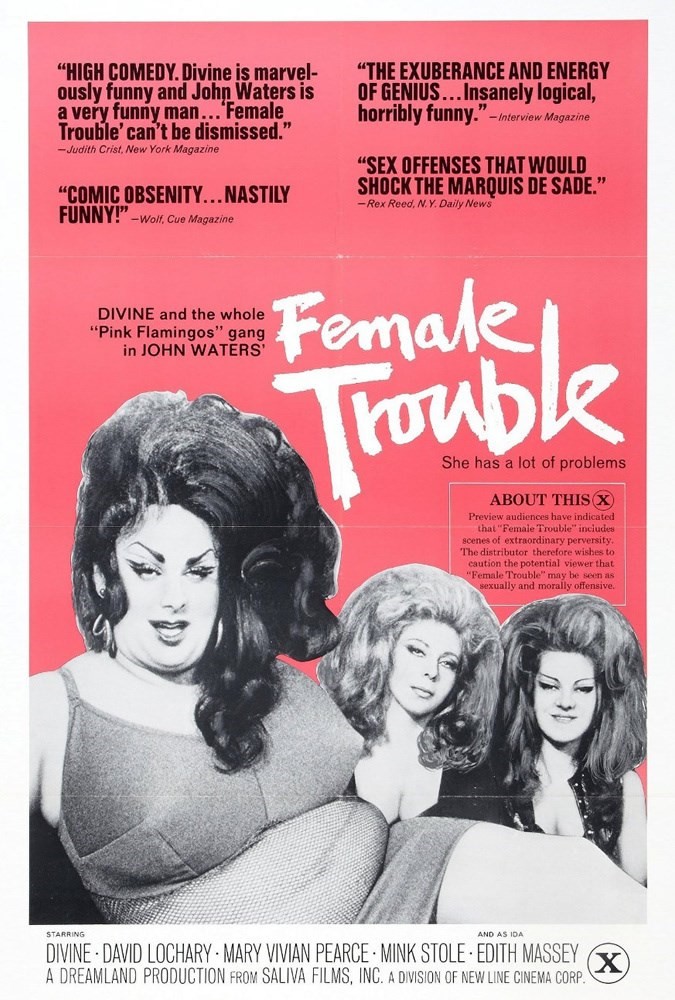
Polyester, 1981
“Was this movie John moving closer to the mainstream? Well, yes and no – there was still a celebration of pornography in it, and the audience was given ‘scratch and sniff’ cards, which was very quirky and very John Waters. And Divine’s daughter [Lu-Lu Fishpaw, played by Mary Garlington] is captured by nuns, which is pretty dark and weird. The thing that was different was having Tab Hunter in the film – he was the first big Hollywood star we worked with, and he was just lovely. With every movie we made the budget got a little better too, and so on Polyester we had food on set for the first time. Honestly, that was a big change!”
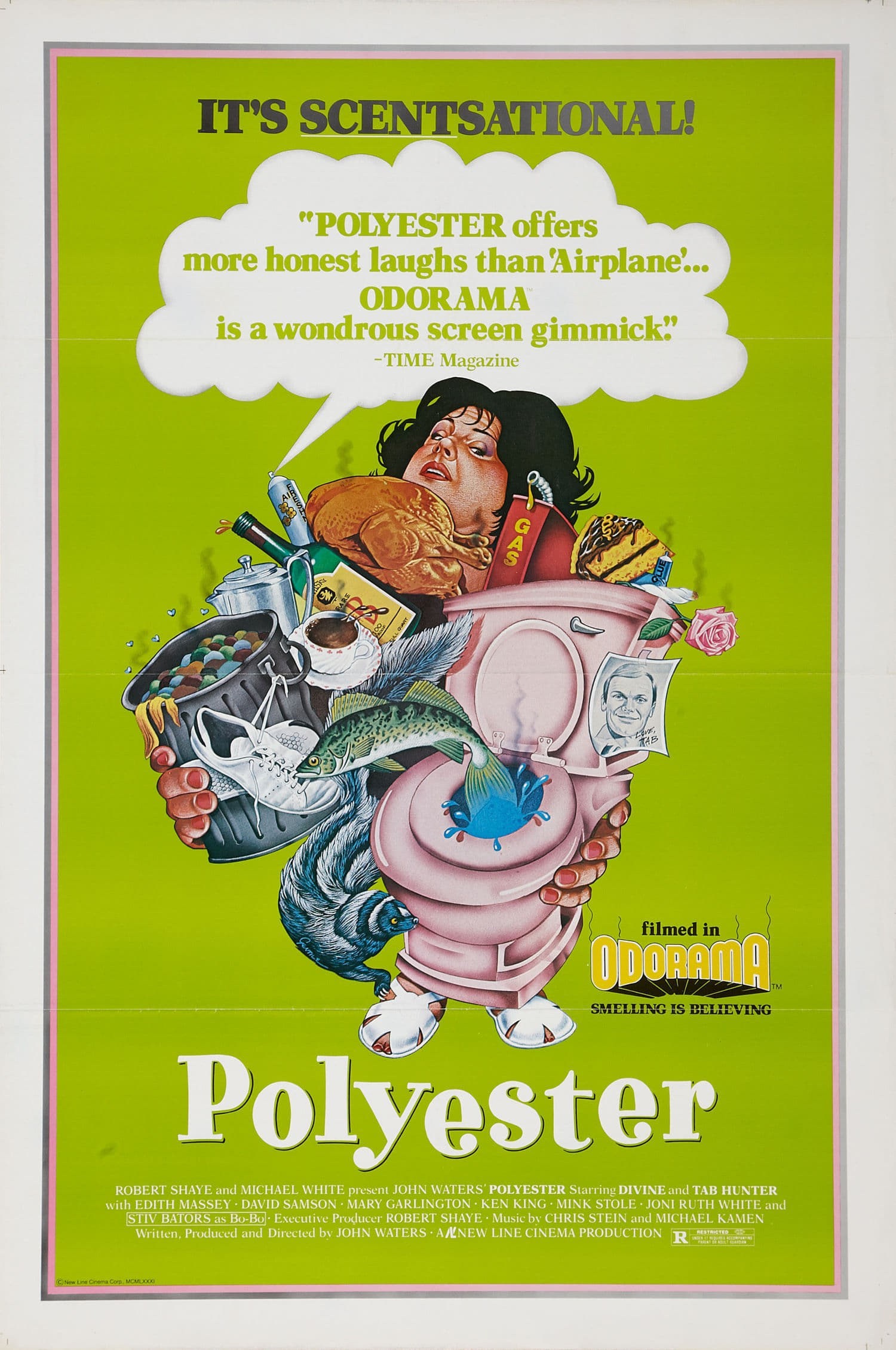
Hairspray, 1988
“I didn’t particularly feel like John was going mainstream with Hairspray either. But it was the first Screen Actors Guild film we did so there were rules about how long your day could be and actual meals provided on set – we had craft services for the first time! Everyone really adored Ricki Lake as soon as she arrived on set because she was such a sweet child – she’s still a very sweet woman today.
“I think being in a supporting role instead of the female lead was probably a little harder for Divine than he let on. But he played two wonderful roles in the movie – he got to play the mother and he got to play the awful, awful producer of the TV show. One of the things I loved about Divine was his willingness to be an unglamorous female: he played Edna Turnblad in this ugly dress with her hair up in pin curls! I remember realising after the premiere in Baltimore that people were going to really like this movie. It was just so fun, but with some pretty sweet, poignant moments. And it didn’t have any of the perversion or religious overtones that you had in John’s earlier movies. And it wasn’t dark or fantastical either: it felt completely real, which was new for us.
“But then of course it was overshadowed by the fact Divine died about a week after it opened. That really blew the lid off the joy for us. Divine may not be alive today, but Divine is still so around. Divine is still a reference point for so many people and I see people wearing Divine T-shirts all the time. Were he still alive he’d be amazed that he's kind of become the patron saint of drag. It’s extraordinary.”
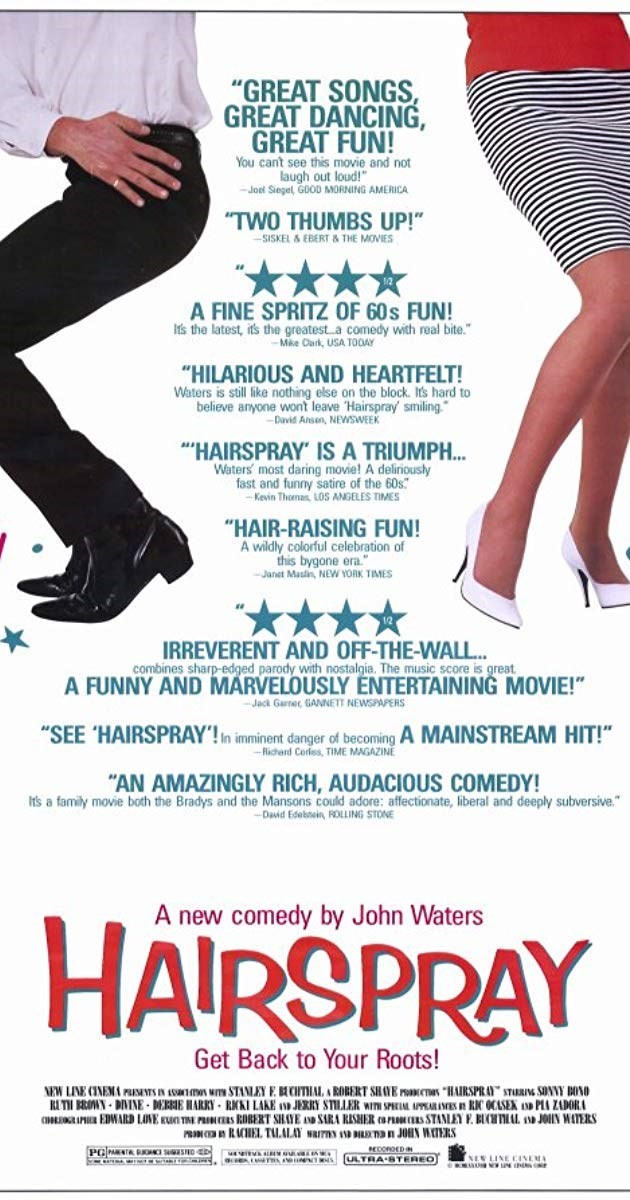
Serial Mom, 1994
“After Hairspray, my involvement in John’s movies seemed to diminish – I’m almost not in Cry-Baby [1990, starring Johnny Depp], which was a little jarring to me. But then Serial Mom came along and I got to play this amazing character and it felt like my connection with it all was back. We’d worked with Debbie Harry and Sonny Bono on Hairspray, so the stars had been coming in, but Kathleen Turner was the absolute biggest star we’d worked with. She was a great deal of fun and she knew exactly what she was getting into – you don’t say yes to a John Waters movie without watching the old ones! I loved making the movie and I especially love that I got to call Kathleen Turner a ‘pig fucker’. I mean, how many people can say that?”
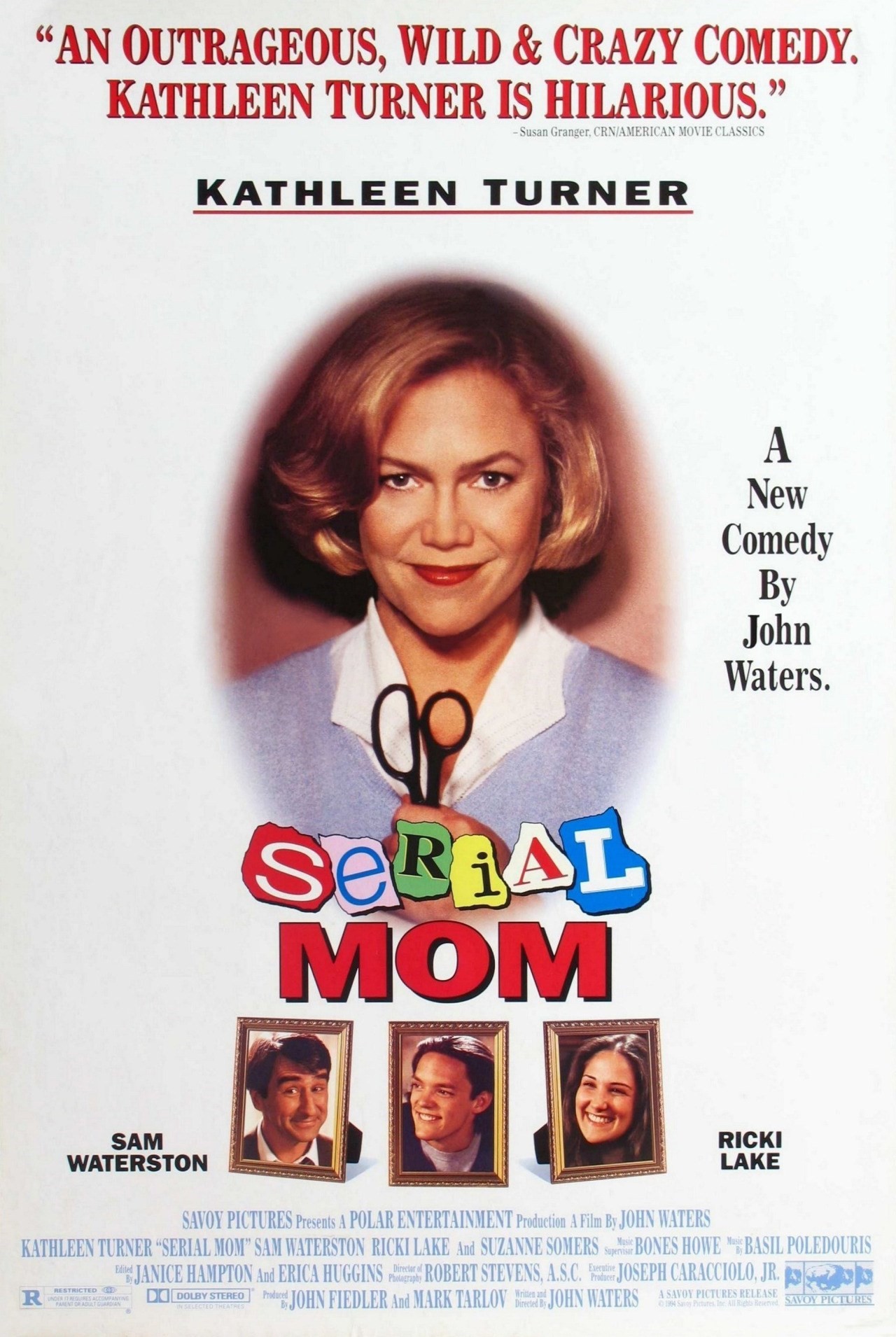
Pink Flamingos was due to have been screened at the And What? Queer Arts Festival on March 28, 2020.
